How to Choose the Right Thermal Conductivity Meter for Your Application
Selecting the appropriate thermal conductivity meter for your specific application is crucial in optimizing performance and achieving accurate results in various industries, including construction, manufacturing, and materials science. According to a report by the Global Thermal Conductivity Meter Market 2021-2025, the demand for precise thermal analysis tools has surged, driven by advancements in technology and the increasing emphasis on energy efficiency and material optimization. As the market evolves, understanding the key features and specifications of thermal conductivity meters becomes essential for professionals aiming to enhance product quality and process efficiency. This guide explores the critical factors to consider when choosing a thermal conductivity meter, ensuring that you make an informed decision tailored to your needs.
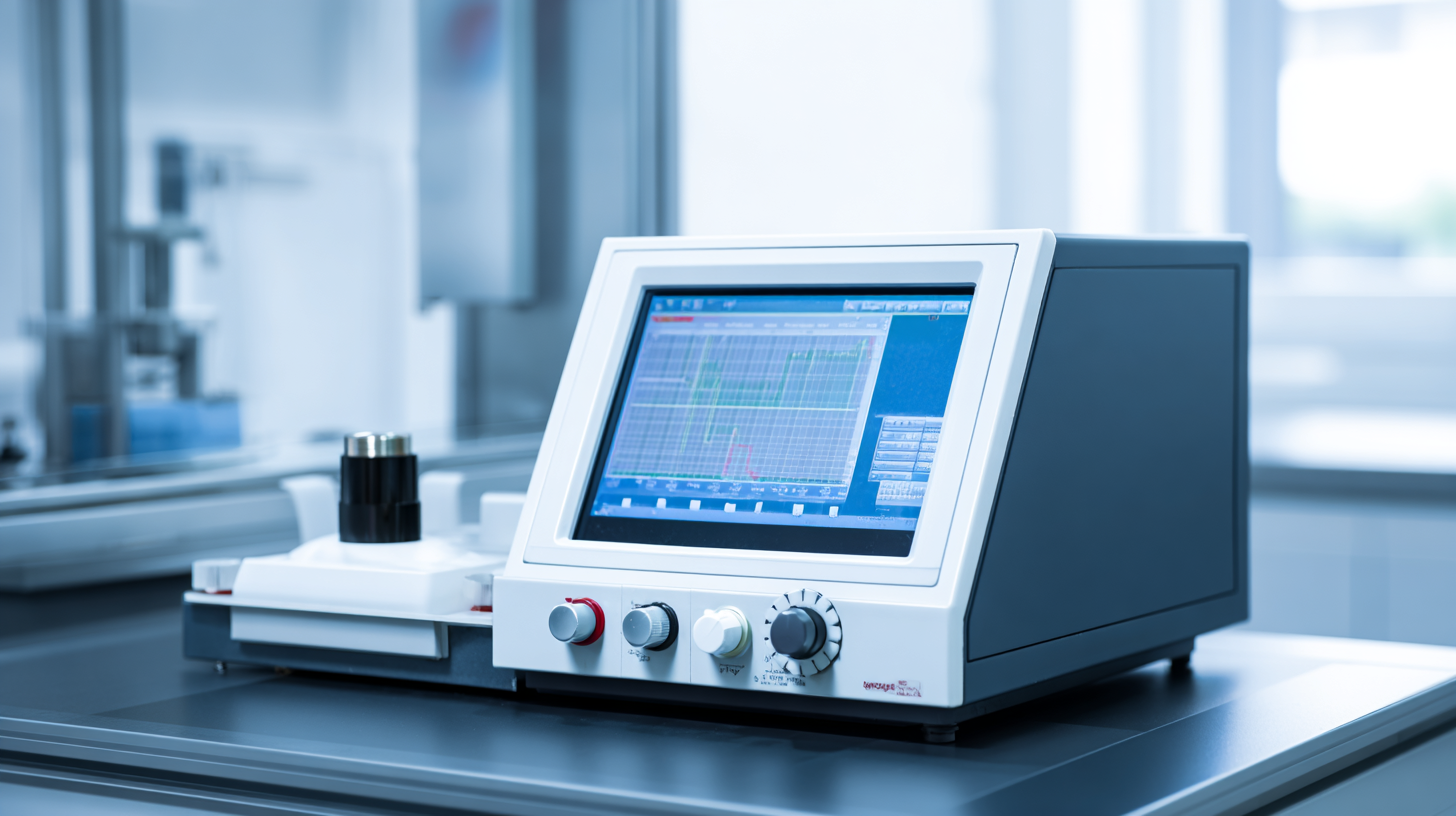
Understanding Thermal Conductivity: Key Concepts for Meter Selection
When selecting a thermal conductivity meter, it is essential to grasp the fundamental concepts of thermal conductivity. Thermal conductivity measures how well a material can conduct heat, which is crucial in numerous applications, ranging from construction materials to electronic components. Recognizing the difference between steady-state and transient methods is pivotal. Steady-state methods require a uniform temperature across the sample, providing reliable results for homogeneous materials. In contrast, transient methods measure the change in temperature over time, making them suitable for heterogeneous or layered materials.
Another key aspect is the distinction between different types of thermal conductivity meters, such as guarded hot plate, heat flow, and laser flash methods. Each type has its advantages depending on the material being tested and the accuracy needed. For instance, a guarded hot plate is ideal for solid materials, while laser flash is suited for thin films and powders. Understanding how these methods work in relation to your specific application will ensure that you select the most effective tool for accurate thermal conductivity measurement.
Types of Thermal Conductivity Meters: Which One Suits Your Needs?
When it comes to selecting a thermal conductivity meter, understanding the different types available is crucial for finding the one that best suits your application. The main categories include steady-state, transient, and laser flash methods. Steady-state meters are ideal for measuring thermal conductivity in solid materials and provide accurate readings by allowing heat to flow through the material under controlled conditions. This type is often used in industries ranging from construction to electronics, where precise thermal management is essential.
On the other hand, transient thermal conductivity meters are designed for applications that require quick measurements, making them suitable for research and development environments. They are especially effective for materials that may change properties over time or have heterogeneous structures. For high-temperature and quick assessments, laser flash methods offer a unique advantage, allowing for measurements that capture rapid thermal response, making them popular in advanced material testing. Carefully considering these options will enable you to choose a thermal conductivity meter that aligns perfectly with your specific needs.
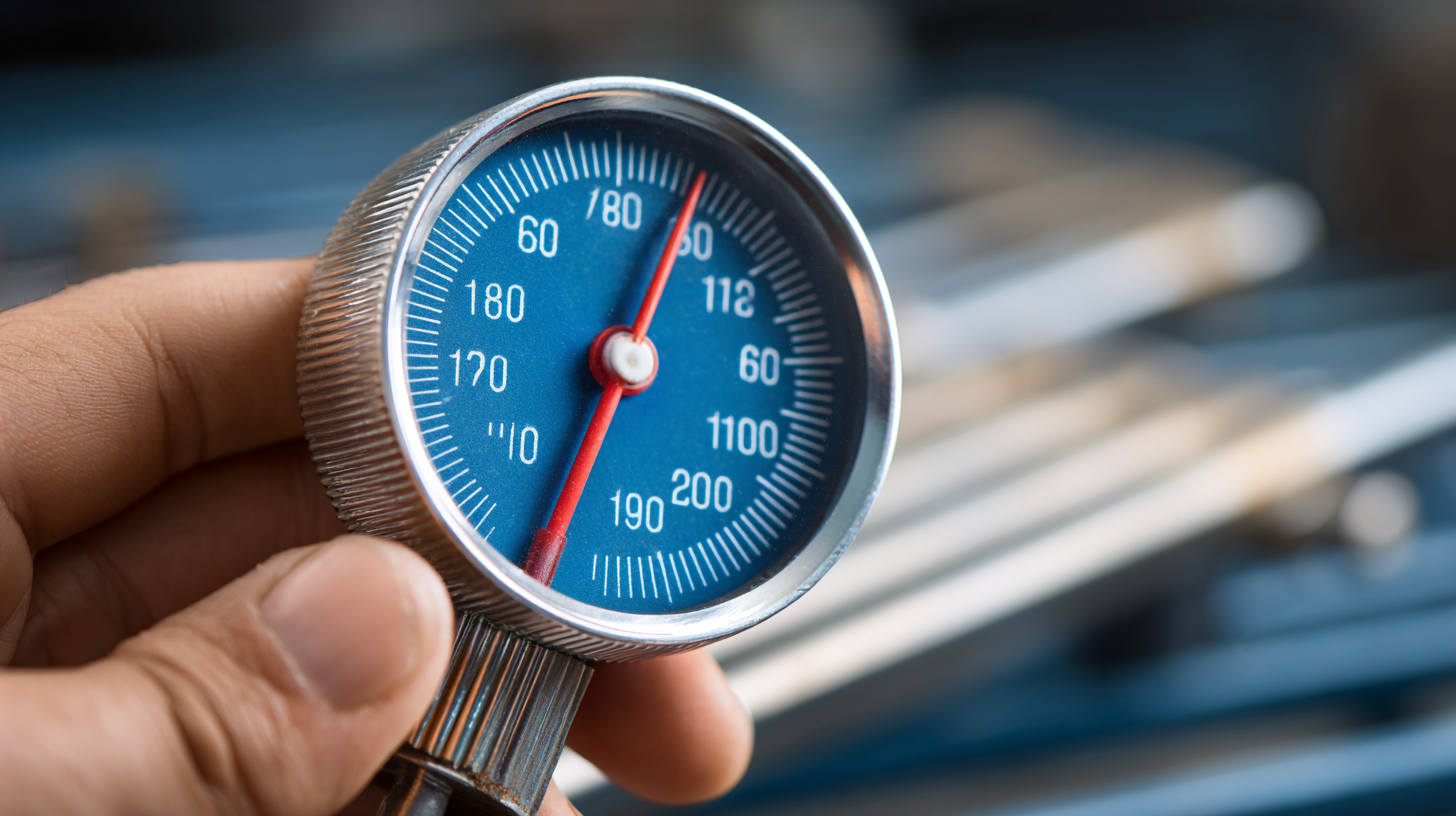
Factors to Consider: Accuracy, Range, and Measurement Time
When selecting a thermal conductivity meter, accuracy is paramount. According to a report by the International Organization for Standardization (ISO), a meter should have an accuracy of at least ±2% for reliable measurements in various applications, ranging from construction materials to thermal insulation products. High-precision meters often employ advanced techniques like laser flash analysis or transient plane heat source methods, which can significantly enhance measurement reliability in research and industrial settings.
Furthermore, the measurement range is crucial for compatibility with the materials at hand. The ASTM E1952-16 standard outlines that thermal conductivity meters should cover a spectrum of approximately 0.001 to 100 W/m·K, accommodating an array of materials from polymers to metals. A meter with an extensive range allows for greater versatility in testing diverse samples without the need for multiple devices.
Lastly, measurement time is a critical factor that can impact the efficiency of testing workflows. A study presented at the International Thermal Conductivity Conference highlighted that modern meters can deliver results in as little as 10 seconds, which is a significant improvement compared to traditional methods that require hours or even days. Selecting a meter that balances accuracy, extensive measurement range, and quick response time can streamline operations and enhance data quality in your thermal conductivity assessments.
Application-Specific Requirements: Tailoring Choices for Industry Needs
When selecting a thermal conductivity meter for your specific application, understanding the unique requirements of your industry is crucial. Different materials exhibit varying thermal behaviors; for instance, metals often have high thermal conductivity, while insulators do not. According to the latest industry reports, accurate thermal conductivity measurement is essential in sectors such as electronics, construction, and aerospace, where performance and safety standards are critical. For example, the aerospace industry demands precision as thermal conductivity can affect component durability and efficiency during extreme temperatures.
**Tip:** Prioritize the meter's compatibility with the material you’re working with. For instance, non-destructive testing methods are preferable for delicate materials, while higher-temperature ranges are needed for metals.
Additionally, consider the measurement environment. Irregular shapes and sizes may necessitate portable or adaptable meters, ensuring you can achieve reliable readings in situ. A report by the Materials Research Society emphasizes that selecting a meter with a fast response time can significantly improve the accuracy of transient thermal measurements, which is especially beneficial in R&D applications.
**Tip:** Evaluate options that offer built-in data logging capabilities, allowing for more efficient analysis and easier tracking of thermal performance over time.
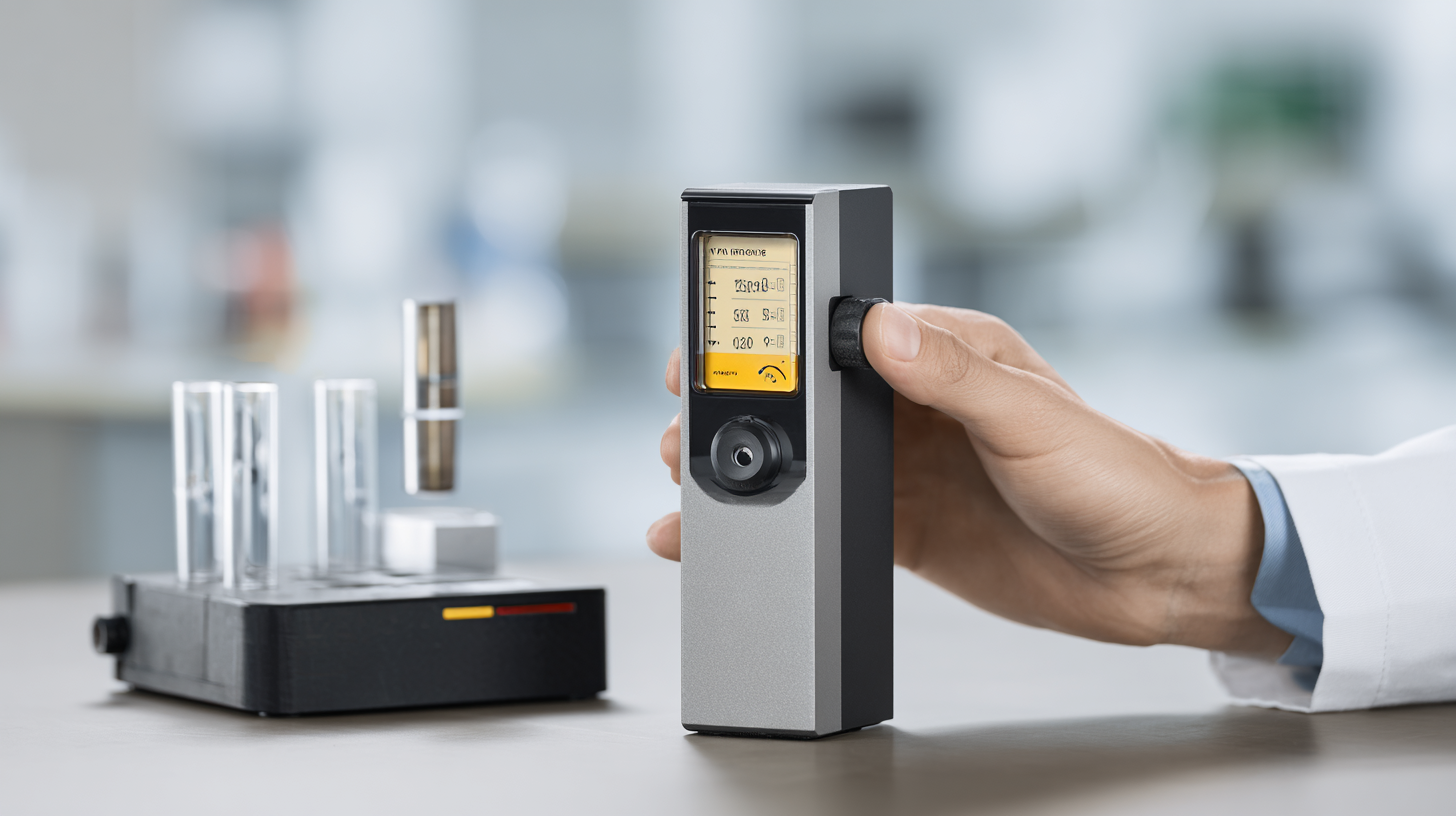
Budget Considerations: Finding a Meter that Meets Quality Standards and Cost Constraints
When selecting a thermal conductivity meter, budget considerations play a crucial role in ensuring you find a device that meets both quality standards and cost constraints. It’s essential to balance your financial limitations with the reliability and accuracy required for your specific application.
Tip 1: Start by defining your maximum budget and compare meters within that range. Look for models that offer essential features without unnecessary extras. Often, meters with the best price-to-performance ratios will meet your quality needs without breaking the bank.
Tip 2: Research reviews and ratings to identify reputable brands known for producing reliable thermal conductivity meters. A slightly higher upfront cost can save money in the long term through durability and lower maintenance needs.
Tip 3: Consider the long-term investment aspect of your purchase. A more expensive meter may come with advanced features that enhance measurement accuracy and speed, potentially increasing productivity and overall efficiency in your work.
How to Choose the Right Thermal Conductivity Meter for Your Application - Budget Considerations
| Model Type | Price Range | Thermal Conductivity Range (W/m·K) | Accuracy (% | Measurement Time | Ideal Applications |
|---|---|---|---|---|---|
| Portable Conductivity Meter | $300 - $500 | 0.1 - 10 | ±2% | 5 seconds | Field Testing |
| Benchtop Thermal Meter | $800 - $1500 | 0.01 - 100 | ±1% | 15 seconds | Laboratory Testing |
| High-Precision Meter | $2000 - $3500 | 0.001 - 50 | ±0.5% | 30 seconds | Research Institutions |
Related Posts
-

Ultimate Guide to Mastering Thermal Conductivity Sensors for Enhanced Performance
-
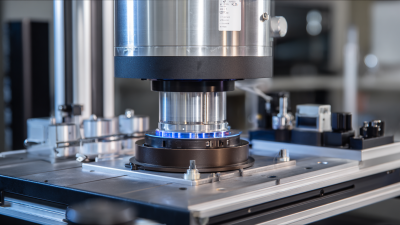
How to Choose the Right Equipment for Thermal Conductivity Testing
-

10 Best High Temperature Sensors for Accurate Measurements in 2023
-

Understanding the Essential Role of Temperature Monitoring Sensors in Modern Industries
-
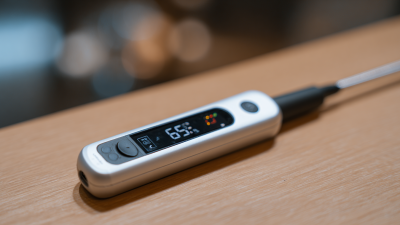
5 Essential Tips for Choosing the Right Temperature Sensor for Your Business Needs
-

5 Compelling Reasons Why Heat Flow Meters Are Essential for Energy Efficiency in Industries







